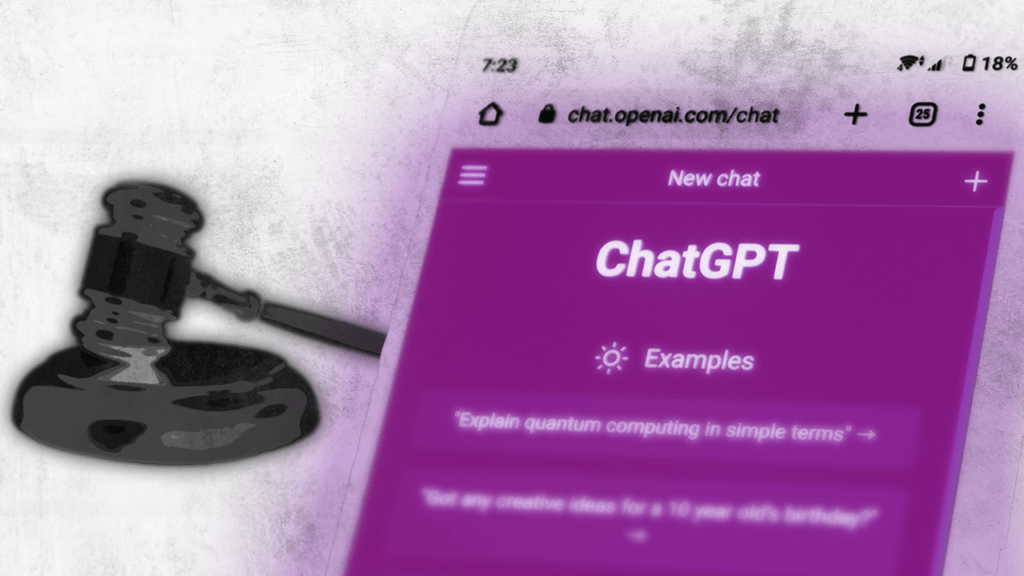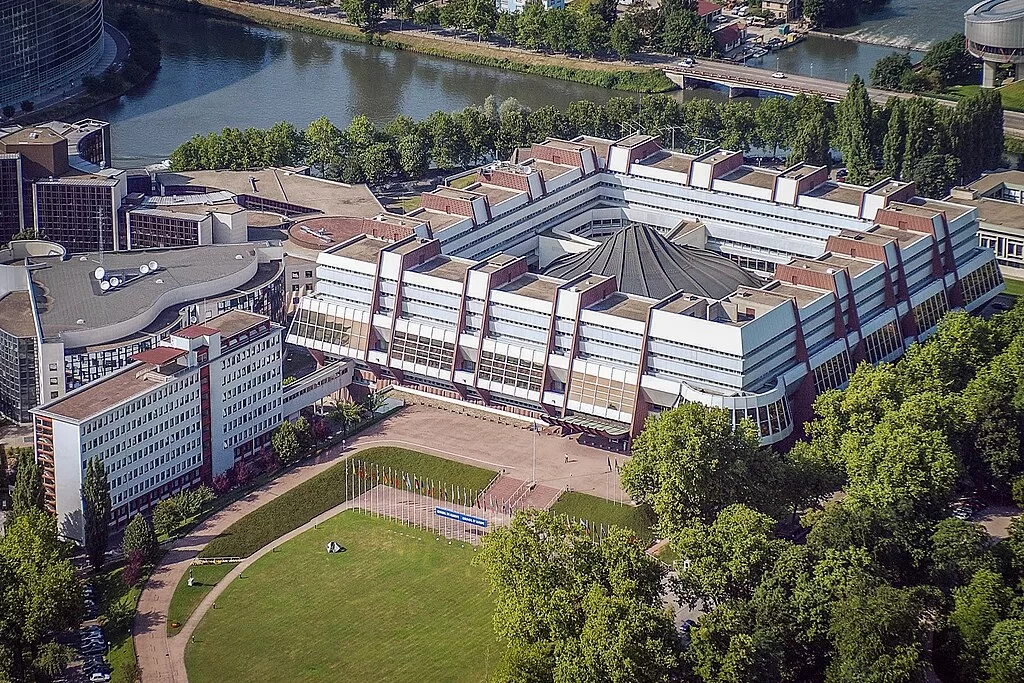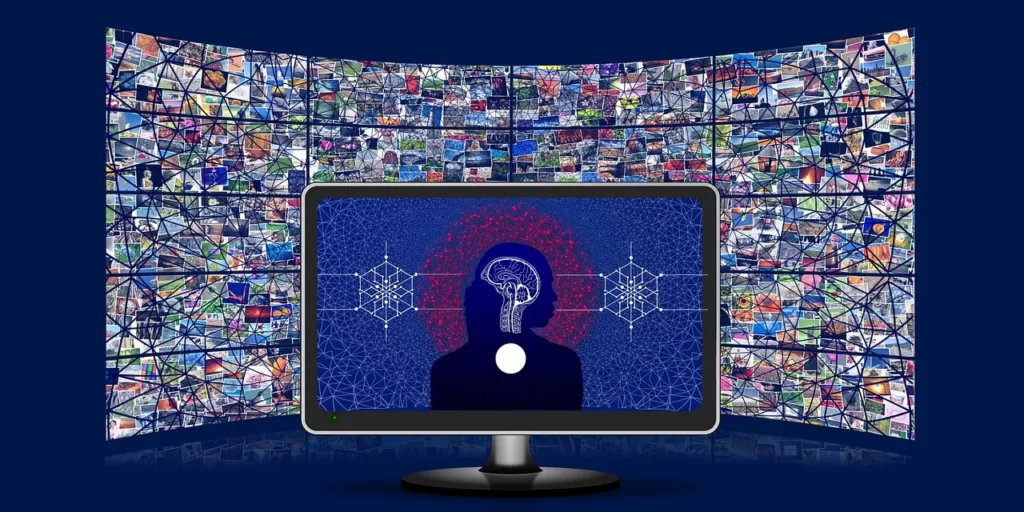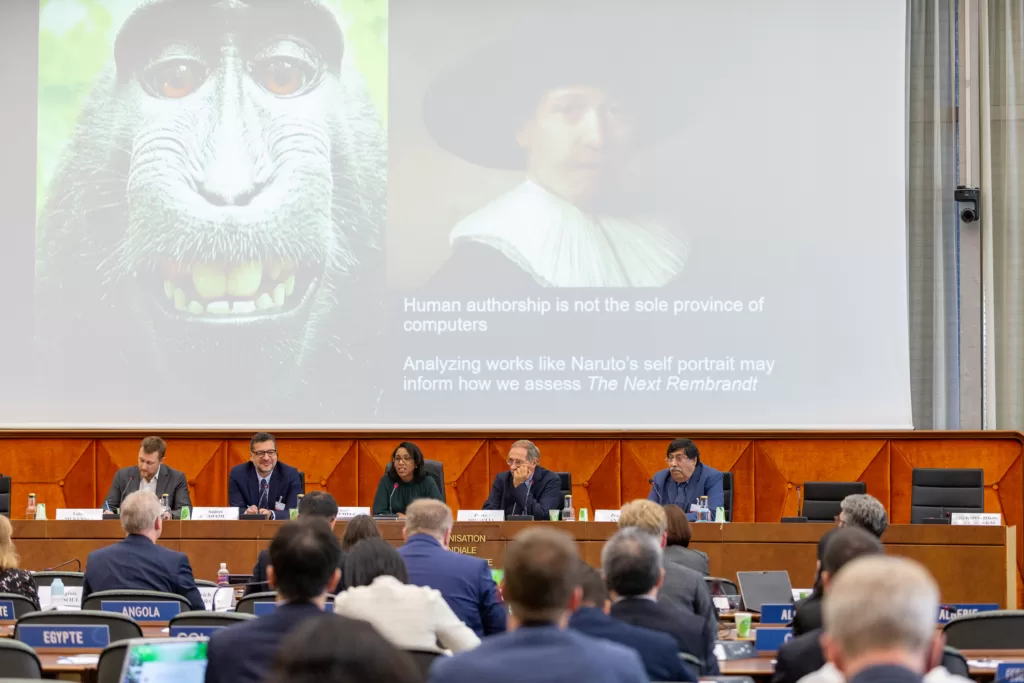We use cookies to improve your experience with Monash. For an optimal experience, we recommend you enable all cookies; alternatively, you can customise which cookies you’re happy for us to use. You may withdraw your consent at any time. To learn more, view our Website Terms and Conditions and Data Protection and Privacy Procedure.
Finding a balance on AI regulation
Published on August 2, 2023Innovation in AI poses a challenge for lawmakers who seek to protect users without limiting the technology's immense potential.
 For better or worse, AI is changing the world. What does regulation look like and how can it be implemented? : Michael Joiner, 360info CC BY 4.0
For better or worse, AI is changing the world. What does regulation look like and how can it be implemented? : Michael Joiner, 360info CC BY 4.0
Innovation in AI poses a challenge for lawmakers who seek to protect users without limiting the technology’s immense potential.
As the bidding war for the future of AI rages on, regulators are scrambling to catch up to the pace of innovation in the nascent technology.
The European Union’s AI Act — one of the most all-encompassing regulations of its kind — is making steady progress to come into force by 2024. China already has tight controls over the use of AI as part of its suite of digital restrictions governing social media and open access.
The EU’s law will likely be the first major test from liberal democracies trying to comprehensively legislate on AI, pursuing the right mix of freedom to pioneer with appropriate safeguards.
As Monash University Indonesia’s Arif Perdana says: “Whether the law succeeds hinges on whether it can adapt to advancing technology and find a balance between robust regulation and promoting innovation. If managed carefully, this is attainable.”
The AI Act has been touted by some experts as the blueprint for future regulatory action, but others see vulnerabilities to be addressed.
Monash University’s Chris Marsden and University of Warwick’s George Christou question whether the more influential regulation might be written nearby in Strasbourg at the Council of Europe, rather than the Brussels-based EU.
“When the rush starts, there is more likely to be a Strasbourg Effect of nations copying the [Council of Europe] Convention than any Brussels Effect,” they say.
The EU’s regulatory response has been comprehensively prepared, first proposed in April 2021, but this can present its own disadvantages.
As Marsden and Christou point out, regulation written in 2023 “can better address the foundational Large Language Models that emerged in early 2023, such as ChatGPT, Bard and others”.
Indian Institute of Technology Bombay’s Anurag Mehra suggests countries such as India wait and see before adopting domestic versions of the EU’s AI Act.
“It may be prudent for India to see how the regulatory ethos evolves in Europe and US rather than rush in with a “comprehensive” law that might become outdated quickly.”
Getting AI regulation right is not an easy task, but doing so could unlock a new era of innovation. In 360info’s Special Report on Regulating AI, the experts weigh in on how we may get it right.
Originally published under Creative Commons by 360info™.
Editors Note: In the story “Regulating AI” sent at: 31/07/2023 07:25.
This is a corrected repeat.










